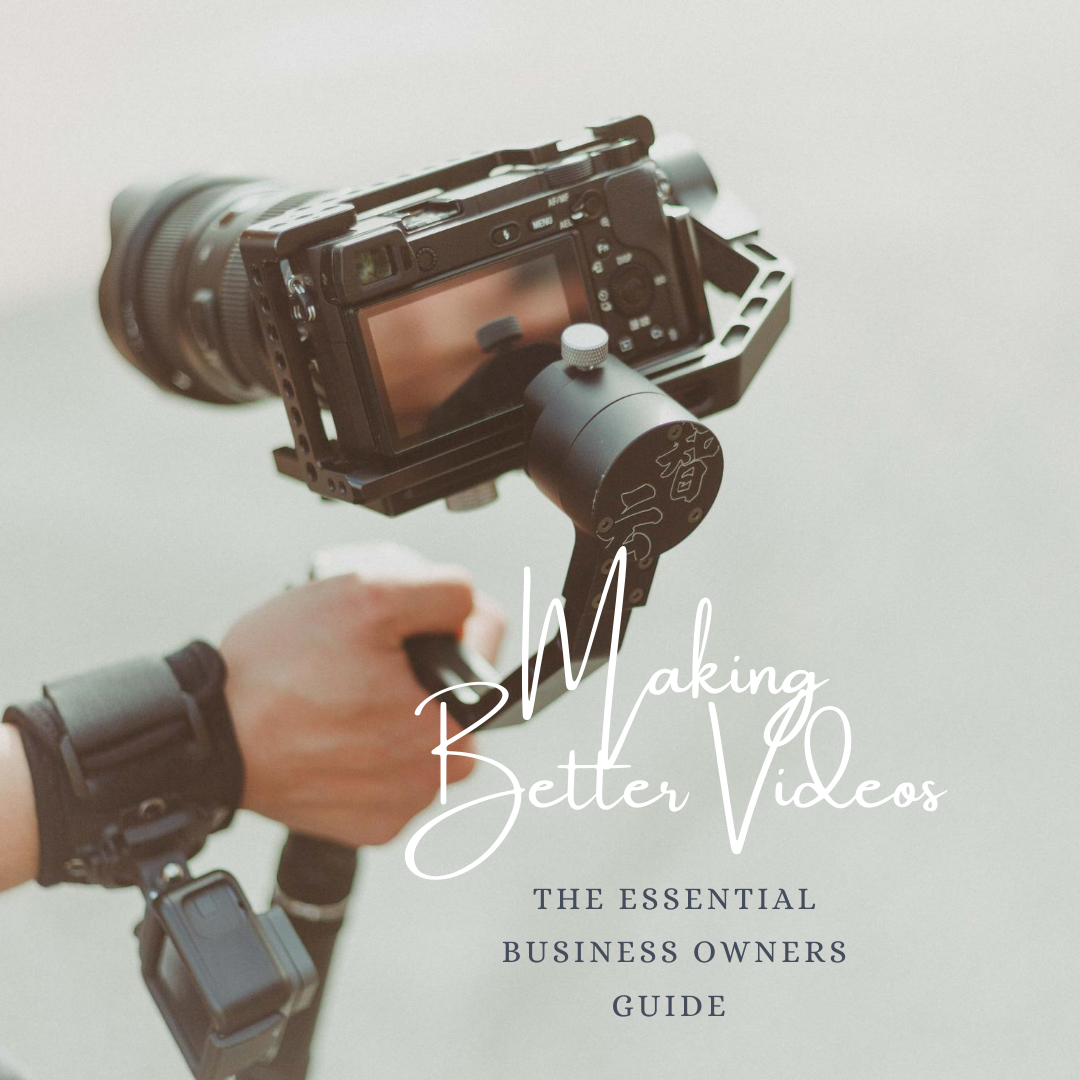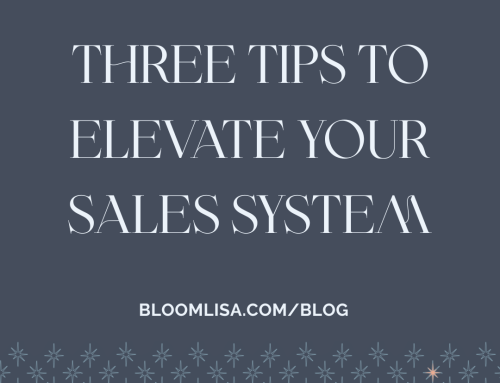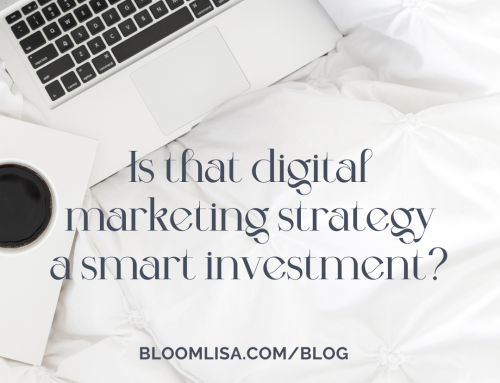
Establishing online credibility and authority matters now more than ever, so I invited video production and animation expert, Lee Theron of Six Degrees Productions to share her wisdom with you.
Using effective marketing and communications videos is a proven way to boost sales, improve customer and staff engagement while increasing online reputation and authority.
Videos can be hugely beneficial to everything from brand building to sales-force ignition. But only if you create them the right way. Here is Six Degrees Productions’ handy guide to making better videos.
DO #1: Know why you’re making the video
This is the most important question you can ask yourself – ‘Why am I making this?’ If your video doesn’t have a purpose, then it will never achieve it.
Here are some good examples of a purpose. I am making this video in order to:
- increase brand awareness
- build trust
- motivate people to buy my service
- explain how my product works
- engage with my existing customers to add value, the list goes on.
Once you have defined the ‘why’, you can make sure that your video lives up to expectations.
DO #2: Understand your specific audience
Take a minute to consider who you’re talking to, what motivates them and what appeals to them. Understand them. Walk a mile in their shoes. If you really have to, ask them! Because what is important to you may not be enough of a reason for them. And everyone is different.
Consider the challenges they’re facing that you can help with. Think about the pains you can take away. There could be 100 reasons to buy your product, but only one of those will result in a sale – so make sure you understand which one appeals to which customer and use that to guide your message.
DO #3: Tell a story
This sounds contrived and cliched but there’s a very good reason content experts harp on about it – because it works! Storytelling is still the most effective way to hook an audience, and engage them for long enough to convince them to change their minds about something.
Stories activate our brains, and allow content through. Stories also follow a particular flow. We use a simple mnemonic called the HIT framework as a guide for our clients to create their own narrative paths:
T (Tell them!) – This is your call to action. Be clear about what you want them to do next! Must they visit the website? Must they book an appointment? Should they drop you an email? Buy now! Subscribe! TELL THEM!
DON’T #1: Make long videos!
There are a exceptions but these are generally for videos that are opt-in.
DON’T #2: Don’t DIY
If you have to DIY, then get the basics rights: stability, sound quality and lighting. To keep your footage stable, always shoot on a tripod. Good quality audio is imperative. Buy a directional mic off Amazon instead of using your phone or camera’s built in microphone. Natural light is your friend. Shoot a person near a window to get as much natural light as possible and then use whatever artificial lighting you have at hand to fill in the gaps. A simple desk lamp can make all the difference.
DON’T #3: Forget where your video will be played
Are you ready to take action?
Now that you understand how valuable videos can be, we are here for you. It’s not really your job, after all – but it is ours, and it’s one we love.






